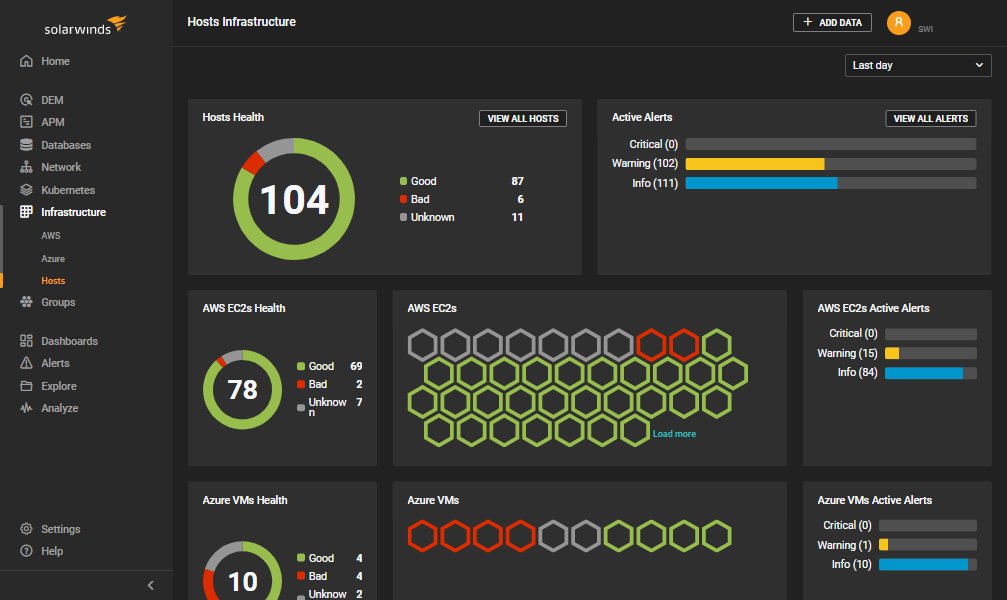The most reliable (and unreliable) blogging services on the Web


Blogging services have been around for a long time, with pioneers like Blogger paving the way for Wordpress.com and more recent arrivals like Tumblr and Posterous. There are millions upon millions of blogs out there, many of them residing on these services.
One big bonus of using a blogging service is that they take much of the pain away from having a blog since they handle the hosting for its users and everything is already set up. Once you publish, the responsibility for keeping that content available online rests firmly on the shoulders of the blogging service.
With that in mind, we decided to test five of today’s most popular blogging services to see how reliable they actually are.







 Remember the recent discussion around
Remember the recent discussion around 

 Text and numbers are all good and well, but sometimes it’s nice to just be presented with a nice visual.
Text and numbers are all good and well, but sometimes it’s nice to just be presented with a nice visual. We increasingly access the Web from our mobile phones, especially now that the rise of smartphones is making it easier than ever to get a decent web experience on the small screen.
We increasingly access the Web from our mobile phones, especially now that the rise of smartphones is making it easier than ever to get a decent web experience on the small screen. “What if Google does it?”
“What if Google does it?” China just officially climbed to the top position in the supercomputer performance race. You may have read that the country now
China just officially climbed to the top position in the supercomputer performance race. You may have read that the country now 




 You probably hate slow websites. So do we, and it’s pretty safe to say that it’s a universal rule.
You probably hate slow websites. So do we, and it’s pretty safe to say that it’s a universal rule.
 It doesn’t feel like 2000 was all that long ago, does it? But on the Internet, a decade is a long time. Ten years ago we were in the era of the dot-com boom (and bust), the Web was strictly 1.0, and Google was just a baby.
It doesn’t feel like 2000 was all that long ago, does it? But on the Internet, a decade is a long time. Ten years ago we were in the era of the dot-com boom (and bust), the Web was strictly 1.0, and Google was just a baby. Yesterday, Apple announced that it will be launching an App Store for Mac OS X, modelled after the App Store for iPhone and iPad. It will be available 90 days from now and we believe it will be a game-changer for several reasons.
Yesterday, Apple announced that it will be launching an App Store for Mac OS X, modelled after the App Store for iPhone and iPad. It will be available 90 days from now and we believe it will be a game-changer for several reasons. Google began strictly as a search company, and it’s still their bread and butter. However, as the company has grown, it’s spread its tentacles like a giant octopus out to most parts of the Web. A benevolent giant octopus, providing lots of highly useful services, but a giant nonetheless. Try surfing the Web without touching a single Google service. It’s impossible.
Google began strictly as a search company, and it’s still their bread and butter. However, as the company has grown, it’s spread its tentacles like a giant octopus out to most parts of the Web. A benevolent giant octopus, providing lots of highly useful services, but a giant nonetheless. Try surfing the Web without touching a single Google service. It’s impossible. Looks like the tide of the web API protocol war (if there ever was one) has shifted firmly in
Looks like the tide of the web API protocol war (if there ever was one) has shifted firmly in 



















